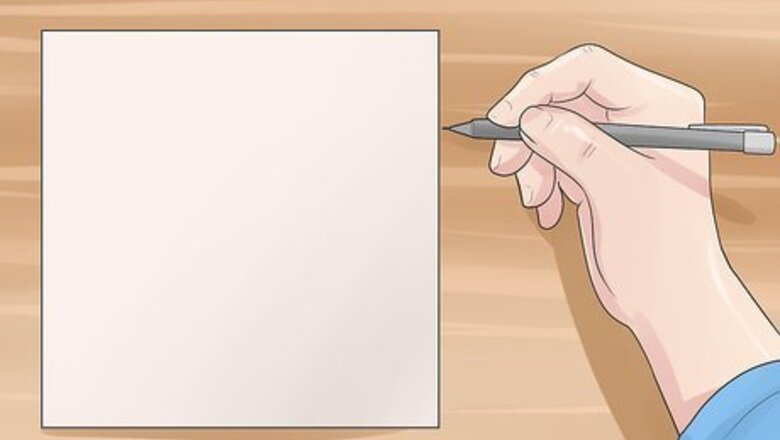
views
Dividing a Square into Eight Equal Triangles
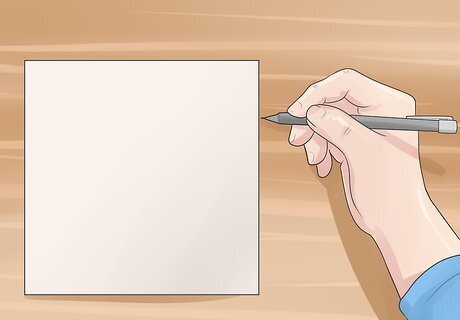
Draw your square. Draw a square with four equal sides. You can use a ruler to measure each side equally. If you are working off a square that your teacher gave you, you can skip this step. It is helpful to draw this square in pencil in case you make a mistake and need to start over.
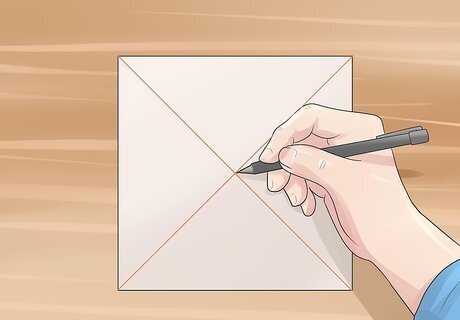
Find the center of the square. To find the center, lightly draw a diagonal line from the left upper corner of the square to the opposite lower right corner (it helps to use a ruler and pencil to do this). Draw another diagonal line from the upper right corner to the opposite lower left corner. Both diagonal lines should interest at one point. This point is the center of the square that will be the key to dividing all the sides of your square equally. Notice that you have already created four triangles.
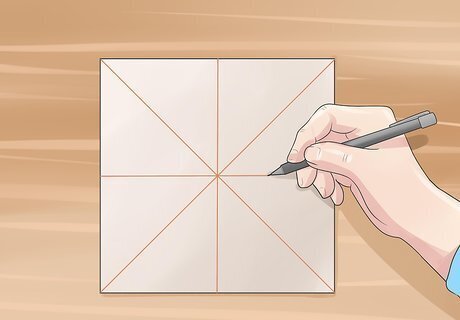
Divide the square by drawing lines through the midsection. Draw a vertical (meaning from top to bottom) line crossing the midsection (or the center) of the square. Next, draw a horizontal (meaning side to side) line through the midsection. Doing this should divide the square into 8 equal triangles. If you want to, you can go over all of the lines you have made with a ruler and pen, so that the lines stand out against the paper.
Dividing a Square into Eight Equal Rectangles
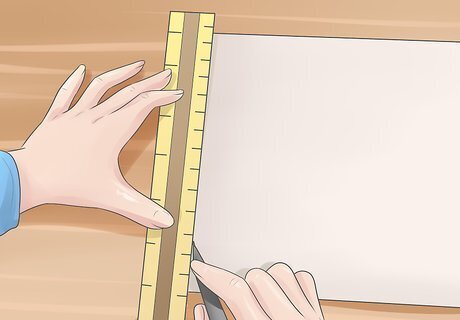
Prepare your square. Try to make sure that the sides are all equal. Using a ruler can help you to do this. You might also want to consider drawing the eight parts in pencil so that you can erase if you make a mistake.

Figure out the center of the top and bottom side of the square. In order to break up the square into equal rectangles, you will need to find the center of the top and bottom sides of the square. To do this, measure the halfway point of each side of the square and make a little mark where the center of each side is. For example, if you have a square where each side of the square is 4 inches (10.2 cm), the halfway point will be 2 inches (5.1 cm). Start at the top left corner and measure along the length of the top side of the square. When you get to two inches, make a mark with your pencil. Do this for the bottom side of the square, starting at the bottom left corner.
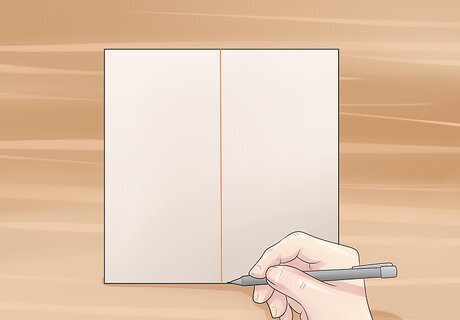
Make a vertical line in the center of the square. Once you have made your marks along the sides of the square, draw a straight line from the mark on the top side of the square to the mark on the bottom side of the square. This will create a vertical (top to bottom) line through the center of the square. When you draw this vertical line, you will cut your square into two equal rectangles.

Find the midsection of both of the rectangles. Now that you have two rectangles, you will need to find both of their midsections (or centers). This is the same process as what you just did to find the centers of the top and bottom sides of the square. For example, if you started out with a square that had 4-inch sides, you now have two rectangles that have 2-inch top and bottom sides. Measure the halfway point of the top of each rectangle (you should measure in 1 inch because half of 2 inches is 1 inch). Make a mark 1 inch (2.5 cm) in. Do the same for the bottom.
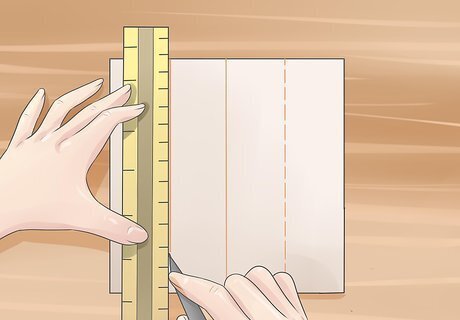
Draw vertical lines connecting the marks you made at the top and bottom of each rectangle. Now that you have found the centers of the top and bottom sides of each rectangle, draw a vertical line through the center of each rectangle. This will effectively give you four equal rectangles.
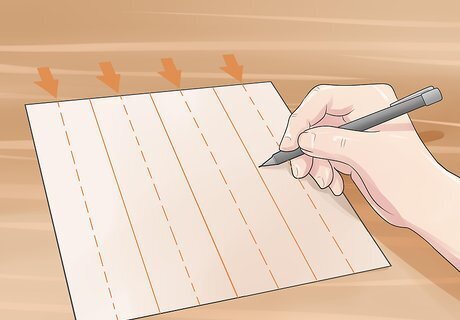
Repeat this process to create eight equal rectangles. Find the centers of the tops and bottoms of each of the four rectangles you have created. To continue with our example 4 by 4 square: Each rectangle should have a top and bottom that are both one inch long. That means the center of each rectangle will be ½ inch in from the top corner of each rectangle and the bottom corner of each rectangle. Make a mark in the center of the top and bottom sides of each rectangle.
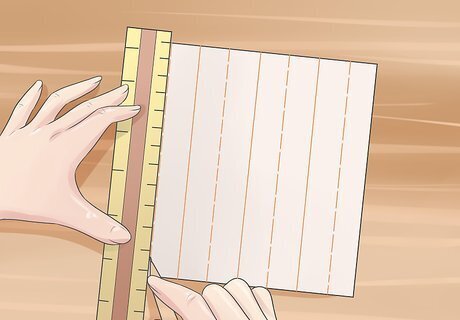
Draw vertical lines to make your eight equal rectangles. Now that you have made marks that show where the center of each top and bottom side of each rectangle are, you can connect the marks in each rectangle. Again, using a ruler is the best way to do this. When you are finished connecting each top mark to each bottom mark, you should have eight equal rectangles.
Dividing a Square Into Rectangles Using ∆l
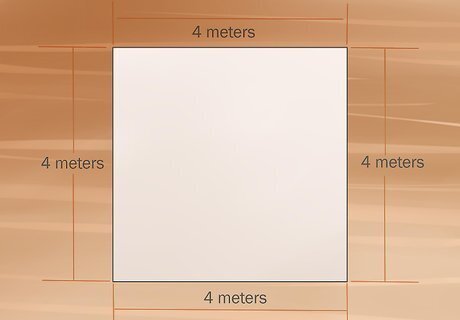
Examine the square that you need to divide. Make sure it is actually a square: it should have four sides of equal length, with adjacent sides that are mutually perpendicular to one another. As an example, say you have a square with sides measuring 4m.
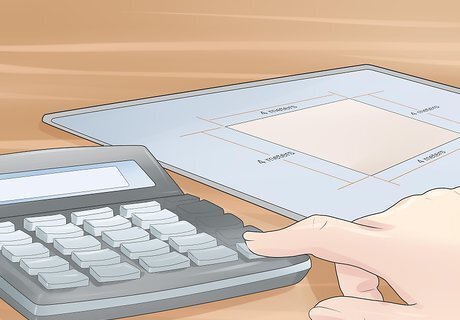
Calculate ∆l. Before you can divide the square evenly, you need to find ∆l – the length that will divide a side of the square into four equal parts. To do that, divide the length by 4. In the example above, you would divide 4m by 4 to get 1m.
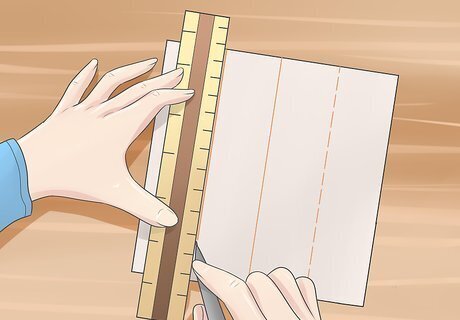
Divide the square into four equal rectangles. Once you know what the length of your segments should be, draw three vertical lines in regular increments of that length. You will now have four equal rectangles. In the example above, you would draw three vertical lines, spaced 1m apart.
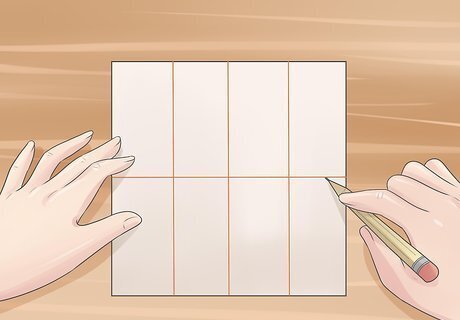
Draw a horizontal line through the middle of the square. Because all the sides of a square are equal, you know how to divide all sides equally. Once you have four rectangles, you can simply draw one horizontal line through the center of the square, dividing it into eight equal rectangles. In the example above, you would draw a horizontal line from the 2m mark of the left side to the 2m mark of the right side to get eight equal rectangles.

















Comments
0 comment